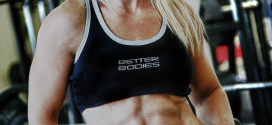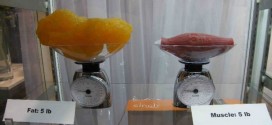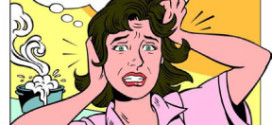If you suspect that you might be at increased risk of developing osteoporosis then please discuss it with your doctor.
Osteoporosis is a problem that faces many women as they grow older. It is a progressive metabolic bone condition characterised by a reduction in 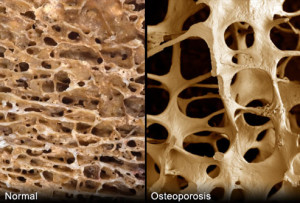 bone mineral density (BMD), mass and micro-architectural changes rendering them weaker and more susceptible to low-energy fractures (As shown on the left hand side).
bone mineral density (BMD), mass and micro-architectural changes rendering them weaker and more susceptible to low-energy fractures (As shown on the left hand side).
According to the WHO criteria, “osteoporosis is defined as a BMD that lies 2.5 standard deviations or more below the average value for young healthy women (a T-score of <-2.5 SD)”. The natural history of osteoporosis is generally silent until it is exacerbated by a fracture. Such fragility fractures are unpredictable and can result from minimal, if any, trauma. And in quite a lot of people these fractures are usually what triggers the diagnosis of osteoporosis.
However, as a young person, what can you do to prevent this from happening to you?
The best way to prevent it is to ensure you reach full genetic potential BMD during your young age. In women, bones fuse at around the age of 25. This means that for the rest of your life, your bone density will either be maintained or drop from the built up bone reserve. Between birth and the age of 20, your body’s BMD increases rapidly and continues to increase slowly until it plateau’s by the 25 and continues to do so until menopause where it starts to drop. This is best represented graphically:
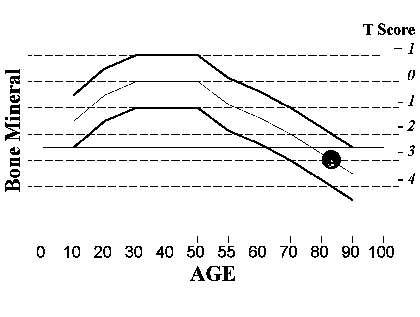
Environmental factors are attributed to 20% of the peak potential BMD reached by 25. These factors are:
- Impact weight-bearing exercise such as walking/running
- Optimised nutrition which ensures adequate calcium, vitamin D and potassium intake.
- Adjusting the modifiable risk factors mentioned below.
| Modifiable | Non-Modifiable |
| Poor calcium intake | Age |
| Poor vitamin D intake | Race (Caucasian, Asian) |
| Lack of exercise | Menopause |
| Smoking | Female sex |
| Increased consumption of alcohol | Early menopause |
| Low body mass index | Small body frame |
| Current glucocorticoid treatment | Positive maternal family history |
| History of fractures or height loss |
The remaining 80% is determined by the genetic make up which means it is possible to assess your risk of developing osteoporosis.
Taking preventative measures such as ensuring adequate intake of calcium and vitamin D couple with regular weight bearing/impact exercise and maintaining a healthy weight would sever to reduce your risk of developing osteoporosis later on in life. It must be noted that smoking and increased alcohol consumption have an impact on osteoblasts, reducing their action and consequently the laying down of new bone!
When considering having children, it’s advised that mothers prepare their babies’ bones by ensuring they take 130% of the recommended daily allowance of vitamin D, stop smoking and maintain an active lifetyle.
If you suspect that you might be at increased risk of developing osteoporosis then please discuss it with your doctor.
References:
- World Health Organisation. WHO Scientific Group On The Assessment Of Osteoporosis At Primary Health Care Level. http://www.who.int/chp/topics/Osteoporosis.pdf (accessed 12 Sep 2013).
- National Osteoporosis Foundation. Clinician’s Guide to Prevention and Treatment of Osteoporosis, 1st ed. Washington: National Osteoporosis Foundation; 2010.
- National Osteoporosis Guideline Group. Osteoporosis Clinical guideline for prevention and treatment. http://www.shef.ac.uk/NOGG/NOGG_Executive_Summary.pdf (accessed 12 Sep 2013)
- Elias-Jones C, Perry M, Horton-Szar D. Crash Course Rheumatology and Orthopaedics, 3rd ed. Missouri: Mosby; 2013.
- Kumar P, Clark ML. Kumar and Clark’s Clinical Medicine, 8th ed. Philadelphia: Saunders; 2012.
 Supplement Judge Unbiased Supplement Reviews – Do they really work??
Supplement Judge Unbiased Supplement Reviews – Do they really work??


